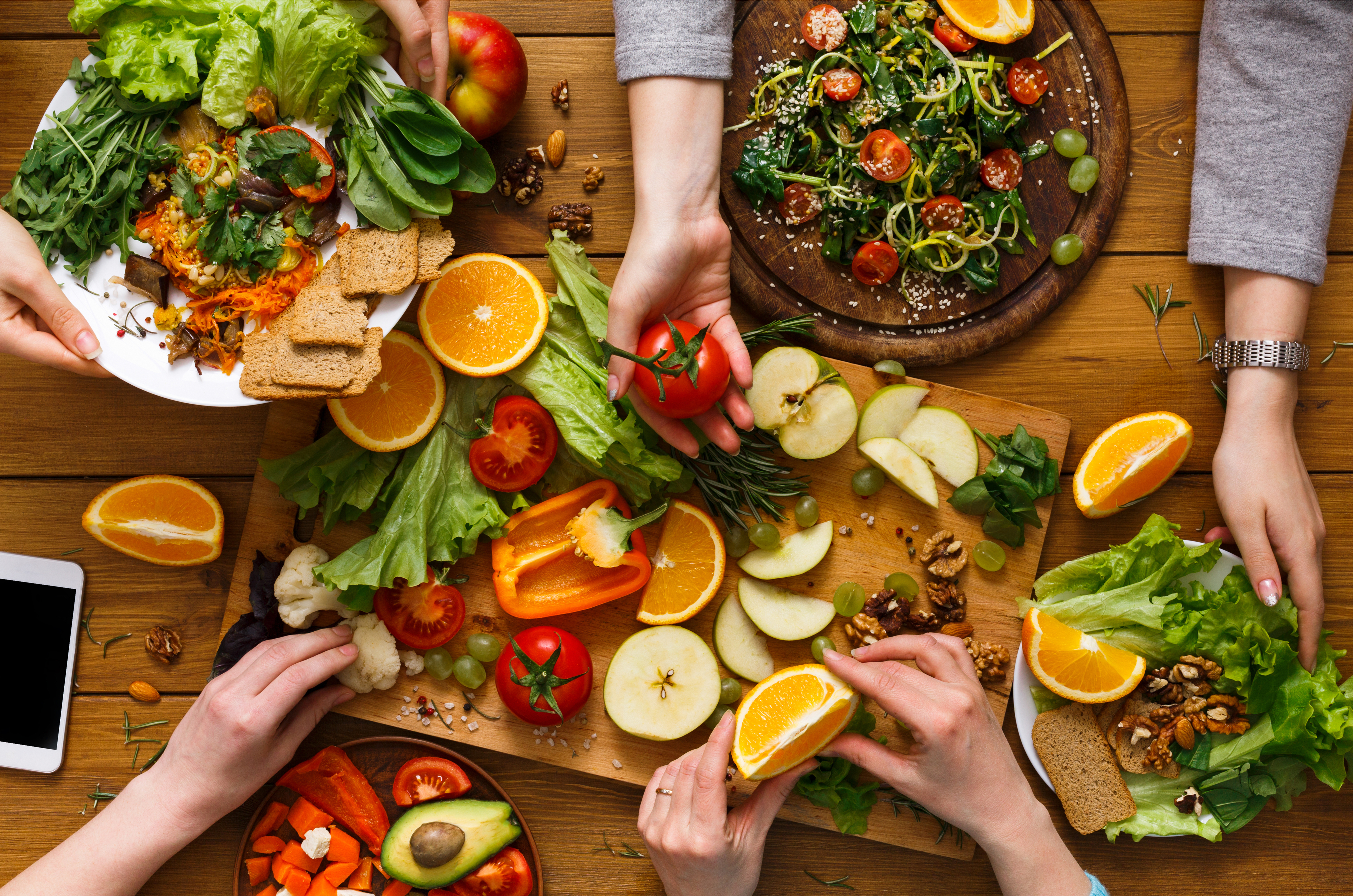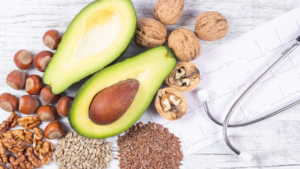Fats In The Human Body, Part 5 – Finding The Balance

An average adult U.S. male eats about 2.7 kg (5.9 pounds) of food per day. Less than 1000 calories, which usually result in weight loss, are contained in 2.7 kg of broccoli but over 10,800 calories, which must result in weight gain, are contained in 2.7 kg of soybeans. An average U.S. female eats about 1.8 kg (4 pounds) of food each day. Only 600 calories, too few to maintain weight, are contained in 1.8 kg of broccoli but 7200 calories – too many, leading to weight gain – are contained in 1.8 kg of soybeans.
We must combine lean foods and concentrated foods in such a way that we maintain normal body weight between the extremes of anorexia and obesity. When we gain weight, we must eat more lean foods like salads, green leafy and flower vegetables, and root vegetables like carrots and beets. Fiber added to foods also cuts down calories. Also, eating our main meal early in the day helps to ensure that calories are used for activity instead of being stored as fat, because we are physically inactive late in the evening and at night.

Eating a main meal late in the day may help put on extra pounds of fat, but only strenuous exercise will build a more muscular and more attractive body. Since EFAs increase our metabolic rate, they are preferable to saturated fats that slow down metabolic rate, deposit more fat, and make us feel lazy and lethargic (unenergetic). A balanced supplement of vitamins and minerals can also help increase metabolism and vitality.
Activity burns off calories, speeds up metabolic rate, and invigorates. It is easier to be active if we feel like it, but this should be easy if our foods are nutrient-rich and balanced. Diet and activity go hand in hand, building each other. Active people eat better. Good eating gives us energy to act.
Overweight is associated with every kind of degenerative disease. Too little body fat also makes us prone to disease, because our reserves run out sooner in times of stress. The middle road leads to health.





